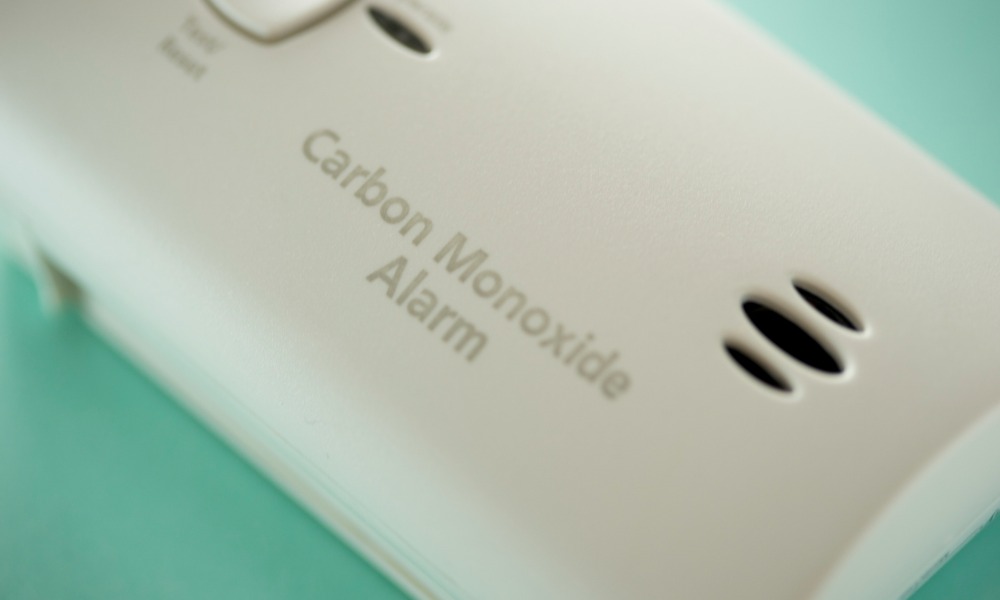If 2018 was a phrase, it would undoubtedly be #MeToo
.jpg)
If 2018 was a phrase, it would undoubtedly be #MeToo. It seems the world imploded when Harvey Weinstein was outed as an abuser, with the after-shocks rippling through offices around the globe.
But how has the #MeToo phenomenon really impacted HR?
We spoke to Jane Watson, head of people and operations at Actionable – and speaker at our upcoming HR Leaders Summit in Toronto – who talked us through the intricate world of harassment post-#MeToo.
“I’d like to think there is greater awareness of the prevalence of sexual harassment,” she told HRD Canada. “We’ve also seen more dialogue, both in the media and in my own personal circles. However, despite this, I don’t know if a lot has changed in businesses purely because of #MeToo.
Organizations are now paying much closer attention to the risks associated with sexual harassment. Unfortunately, a lot of the conversations in HR have not changed. We’re still talking about the same tactics we’ve been rolling out for years – which one could argue did not prevent the abuse from occurring in the first place.
According to the Canadian Women’s Foundation, 43% of women have been sexually harassed in their workplace, with female employees being twice as likely as their male counterparts to having been subjected to unwanted sexual contact in the office.
So, what exactly is the problem here? If this pandemic of sexual harassment is showing no signs of stopping, what’s HR’s role in clearing the miasma?
“We’re still focused on policy training, which research suggests is ineffective for preventing sexual harassment, and investigations - which are entirely reactive and can only address the estimated 30% of incidents that are reported,” explained Jane.
“I’d like to see our profession approach this topic with renewed humility and curiosity and look beyond legal compliance to consider how we can prevent harassment.”
The culture of blame around workplace abuse is still palpable – especially when complaints are levied at high-performers and senior executives. But someone’s seniority shouldn’t be a factor in assessing sexual harassment.
“First, you should recognize how difficult it is for employees who have experienced harassment to come forward,” added Jane. “The EEOC, and other sources of research, have found that most workplace harassment isn’t reported.
“Secondly, the fact that the complaint concerns a top performer, or a high-level executive, is irrelevant to your obligations as an employer, and as a human being. You still need to follow your policies and treat those involved with dignity and fairness. In the case of a high-level executive, I know I’d want to seek legal advice and potentially engage a third-party investigator to avoid any bias – either real or perceived.
Jane will be speaking on this topic at our upcoming HR Leaders Summit in Toronto. To see our exciting agenda and mind-blowing speaker line-up, register here.
Related stories:
Should your daily commute be counted as work?








